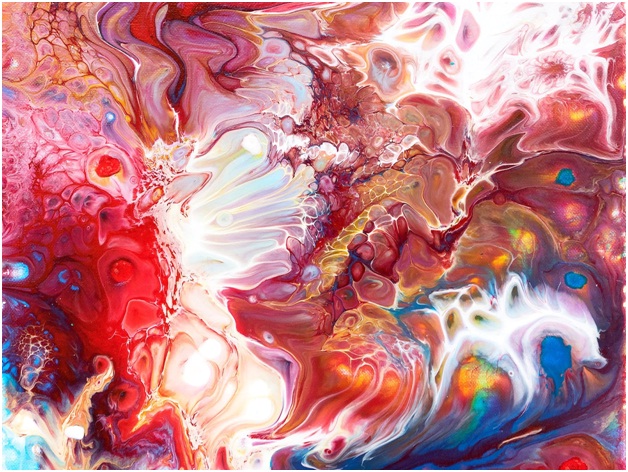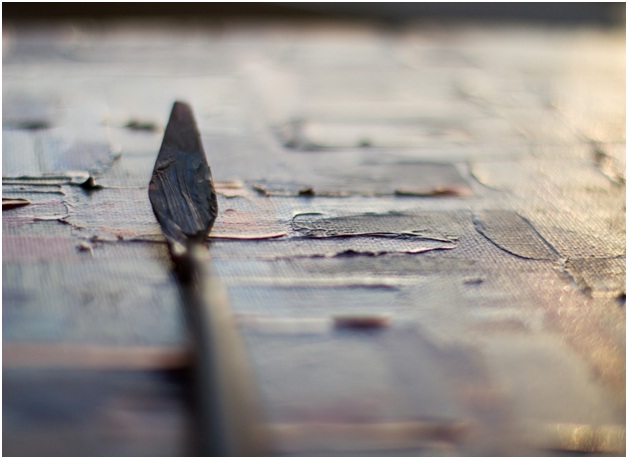Oil painting can be a bit intimidating. A lot of caution must be used since the paint doesn’t dry quickly. It’s also a bit tough to clean up (you need to use turpentine) as the paint isn’t water soluble. For these reasons, many art students or hobbyists tend to avoid this medium. Thankfully, the Oil Paintings Gallery has provided ten useful tips here.
1) Hold your paintbrush properly.
You may want to hold your paintbrush close to the tip as if it were a fork or a knife. However, if you hold it near the opposite end, you’ll have much more control.
2) Understand how to use your brush’s angles.
Every paintbrush can be used at more than one angle. These can give you brushstrokes of varying widths and thicknesses. You don’t have to stick to just one angle per painting. Vary them as much as possible.
3) Use different types of pressure.
The pressure that you apply to the brush can change how much paint is laid down per stroke. Depending on the type of feeling that you can get your work to evoke, you can alter the pressure in order to do so.
4) Control the paint.
Your paint needs to be kept in control. What does this mean? Well, it shouldn’t overpower everything else on the canvas. Understand which lines and patches of color that you need to add.
5) Keep your paint colors as clean as possible.
Muddled paint colors (unless that’s what you’re going for) aren’t good. Instead, use a different brush or wash yours when you switch paint colors.

6) Include a few multi-color mixtures.
Don’t be afraid to mix your own colors. You can combine things like blue and black to make the color deeper, or blue and white to make it lighter. Feel free to experiment to get the shades that you desire.
7) Don’t mix your paint too much.
The people at the Oil Paintings Gallery want to remind you to not over mix the paint on your palette. This can change its texture, making it tougher to adhere to the canvas.
8) Don’t be afraid to use a lot of paint.
The best thing about oil paint is the fact that it can be applied thickly. A thick coat of paint will take quite some time to dry, but it can really add to the overall texture of your painting. It makes it pop, to put it simply.
9) Use dry brush and wet brush techniques.
Dry brushing involves placing paint on a canvas with a near-empty brush. Wet brushing is the exact opposite of this technique. Both can add dimension and texture to your oil paintings.
10) Use your palette knife.
Your palette knife can be used to remove paint from the canvas, but also to apply it. If you really want your painting to have some interesting textures and angles, this is a good tool to use. It’s actually quite versatile.




